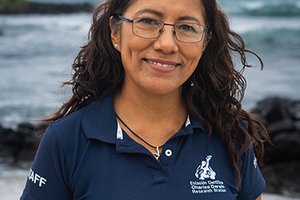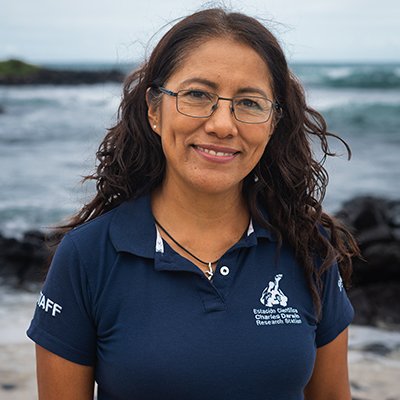Author: Pavel Enríquez-Moncayo, former CDF staff member
Have you ever wondered who is behind the conservation of the Galapagos flora?
During the final months of 2020, the fateful COVID-19 pandemic year, I was exhausted by virtual life and the uncertainty of what the future would hold for us as humankind. But also, I felt stuck. I was in the middle of my university semester, and with virtual education, demotivation was taking over me, “What am I doing with my life?”, “I have to do something else”, I kept repeating to myself, but I did not know what. I have always characterized myself as being on the move, trying to be in contact with nature and disconnect from urban life. Suddenly, among the overwhelming pandemic news, corruption in my country, and so on, a news item from the Charles Darwin Foundation about the rediscovery of Lecocarpus lecocarpoides, a rare endemic plant species in danger of extinction, by the Galapagos Verde 2050 program scientists, appeared on my social networks.
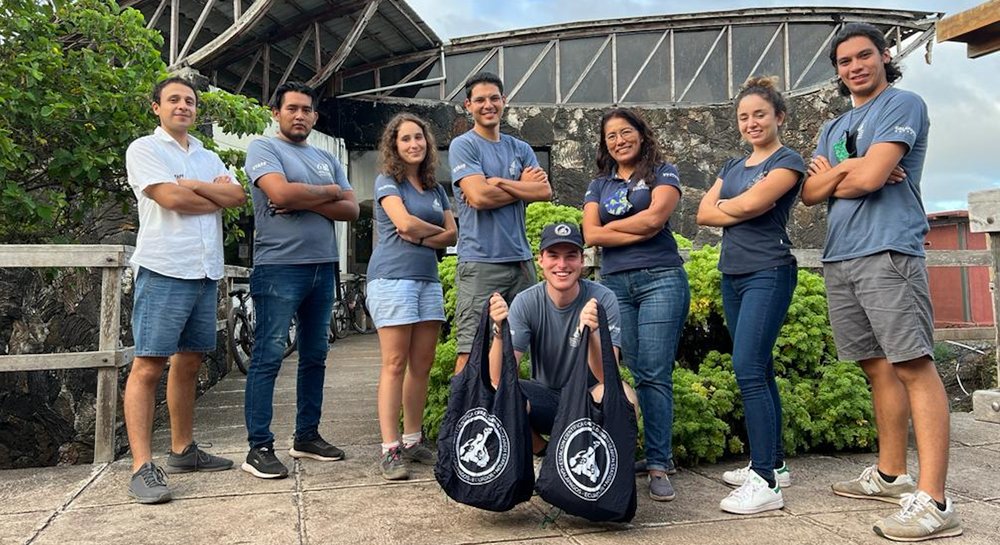
I was immediately overcome with curiosity. What is the Galapagos Verde 2050 program? I wondered and quickly googled it. It turns out it is a program that works towards the ecological restoration of the Galapagos Islands. This moved me, as my desire has always been to make the world a better place to live in, and this program felt like it was looking forward to the same goal with a long-term projection.
For the New Year’s Eve holidays, I returned to Galapagos and decided to get rid of the virtual-life lethargy and start doing something for the world, for science, and for my life. So, once on the island, I steeled myself and went to the Charles Darwin Research Station, asked about the Galapagos Verde 2050 program, and went to talk with the Leader and principal investigator, the awarded scientist Patricia Jaramillo Diaz. I told her about my interest in science, what I had read about the program, my studies, and my desire to do something more than getting up and turning on the computer until my eyes burn. She asked me to join the program as a volunteer, collaborate in the actions to reestablish the population of that rare and endangered plant (L. lecocarpoides) on a distant island, and get involved with the work that real scientists do.
I could not be more excited about this new challenge! Galapagos is my home and my favorite place in the world. Since I was little, I have always been interested in science and admired people involved in scientific research. It was clear to me that I wanted to be one of them, make my contribution, unveil the mysteries of this natural laboratory, and get involved in endangered endemic species conservation.

When I joined this fantastic program as a volunteer, the mission was clear: I had to contribute, together with the team of scientists, my knowledge to establish the factors that may be involved in the germination of L. lecocarpoides, a plant endemic to Española island, presumably extinct but rediscovered by the Galapagos Verde 2050 scientists in late 2020. Can you believe it? Amid the worst pandemic of the last century, science on the islands did not stop. Why did we focus on plant germination? Because it is very difficult to naturally germinate one of its seeds, and discovering its triggering mechanism could imply saving the species. Now, why do I say that L. lecocarpoides was rediscovered? Well, because its last sighting was approximately... Nine years ago (2013).
L. lecocarpoides is a plant species historically extremely affected by feral goats that invaded Española island. These mammals were introduced to the Galapagos Islands in the 17th century by whalers and in the 20th century by the first archipelago settlers. Being listed as one of the 100 most dangerous invasive species in the world, they eventually became a major problem in several islands, including Española, so the authorities had to take actions for their eradication. Let's get to the point. In 1978 the goats were eradicated from the Española island, but unfortunately, L. lecocarpoides population failed to recover and remain stable in its place of origin (Punta Manzanillo). Why? We do not know yet, but we are figuring it out.
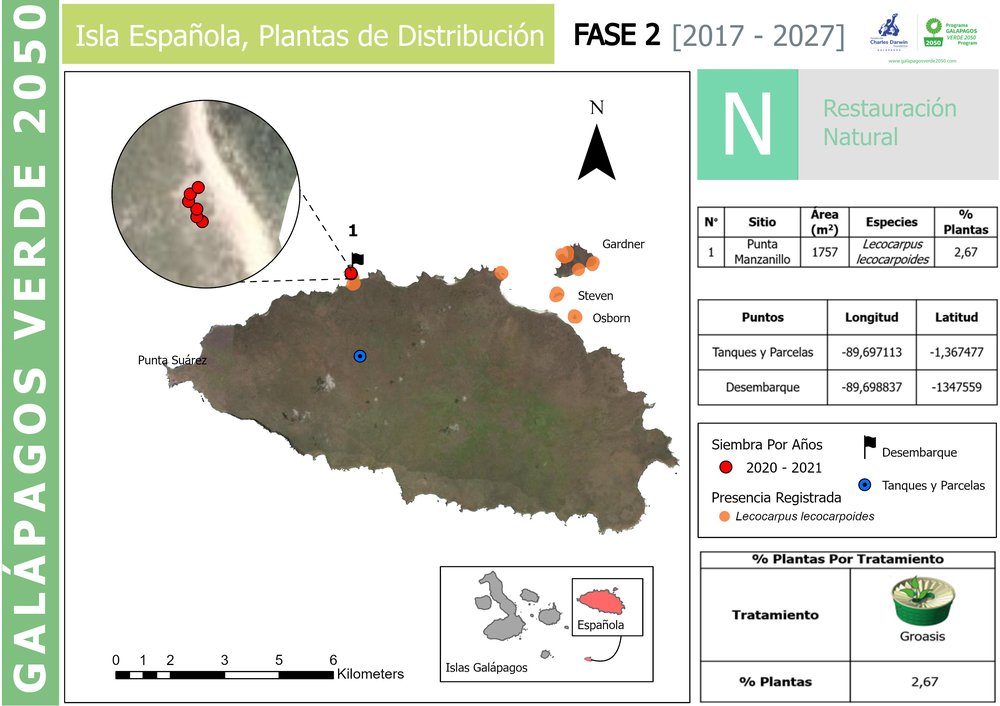
As our efforts were directed towards understanding natural seed germination, we started a series of preliminary experiments and... Guess what we found? Nothing less than fungi growing on the outer coat of some of the seeds that germinated. It should be highlighted that there was no evidence until then of natural germination of L. lecocarpoides seeds (under traditional techniques, i.e., put the seed in soil and wait for it to germinate) in the CDF laboratories. The truth is that it was always necessary to apply scarification techniques (abrading the external structure of the seed) to germinate seedlings. Therefore, this event led us to consider that certain soil fungi at the origin site of L. lecocarpoides may be involved in seed germination.
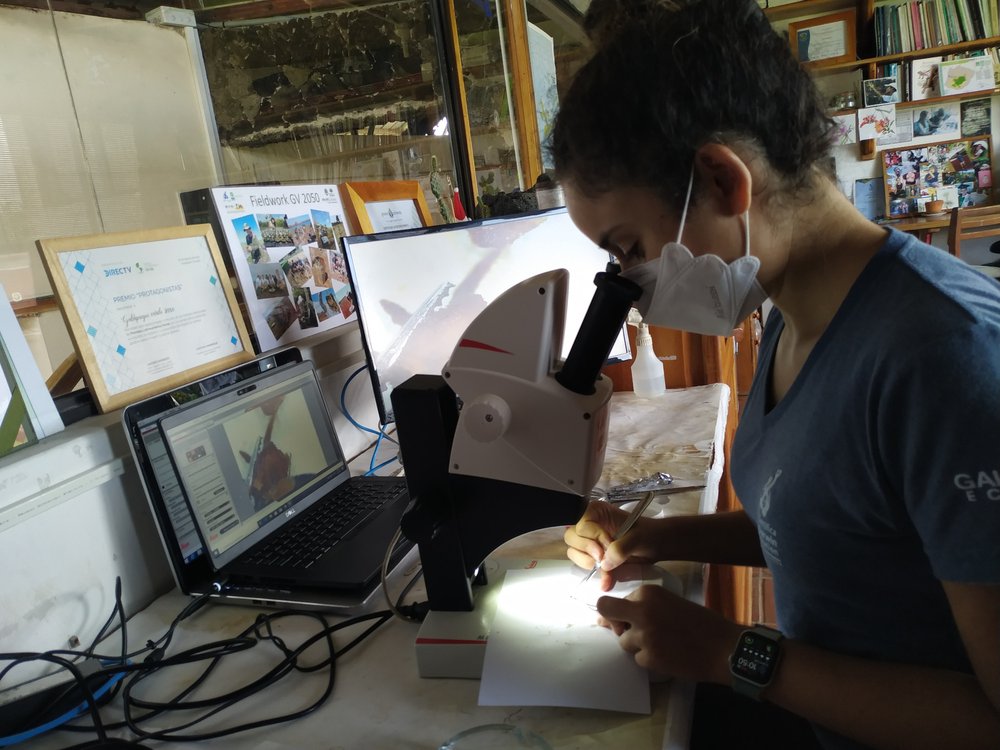
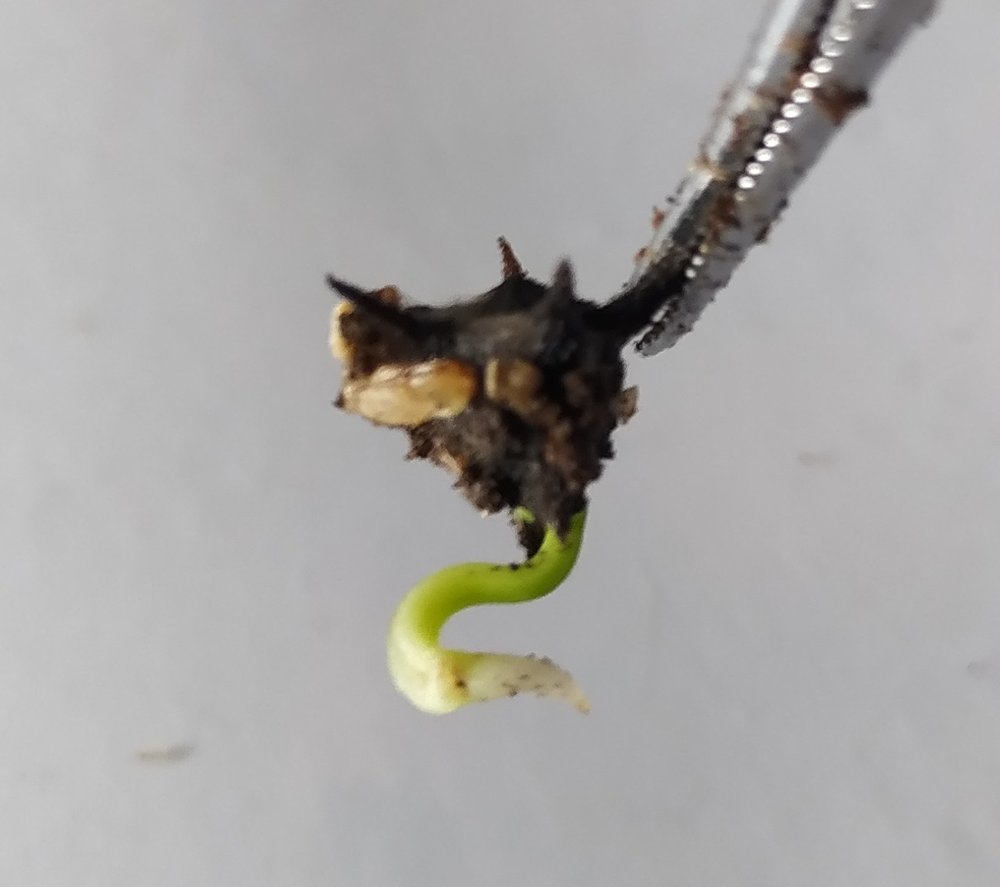
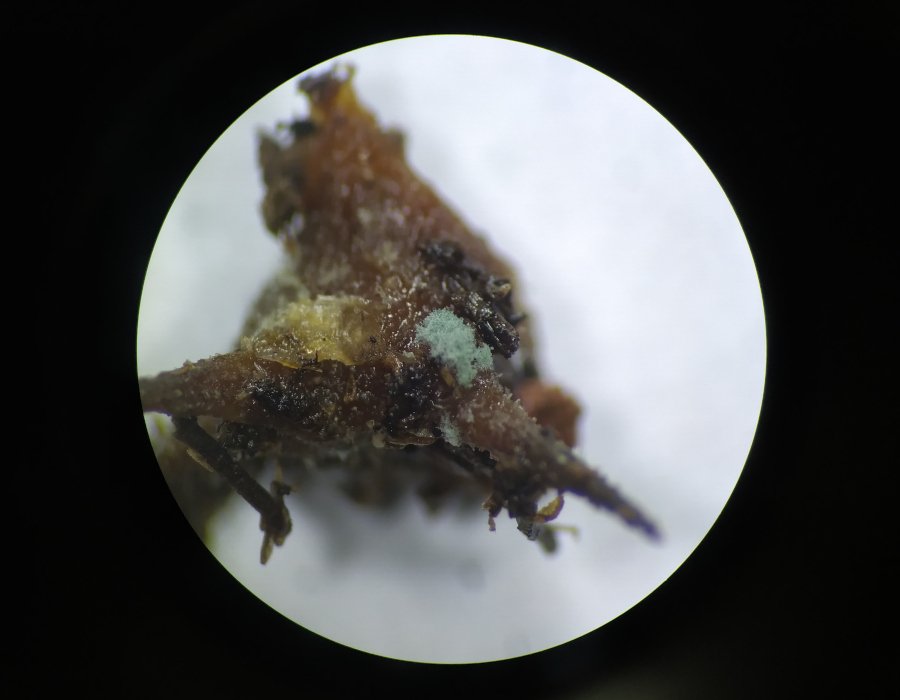
To explore this, we undertook an expedition to Punta Manzanillo to take soil and seed samples to cultivate, isolate and characterize the fungi found there. The final purpose is to investigate these microorganisms' ecological role and to find out if they benefit or harm the L. lecocarpoides population in its regeneration process.
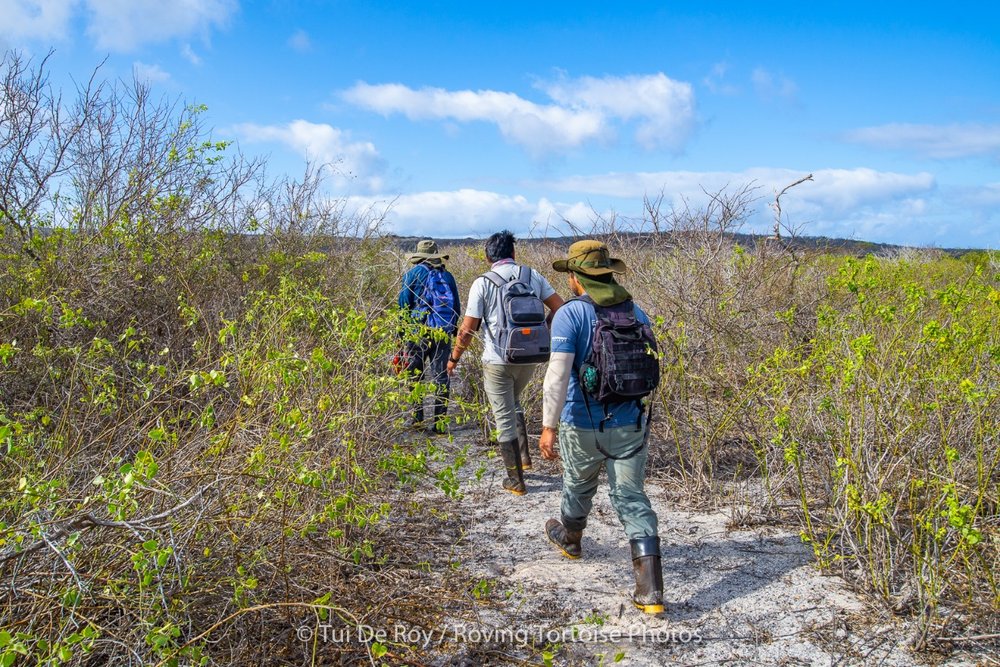

I already sound like a scientist, don’t I? Suddenly, microbiology arrived to the Galapagos Verde 2050 program, and the scientists I admired as a child were putting their trust, resources, and time on me, so that I could join research that had never been done before on Española island. Now I'm doing science! Doing my bit for the conservation of my home, which is severely threatened by several factors.
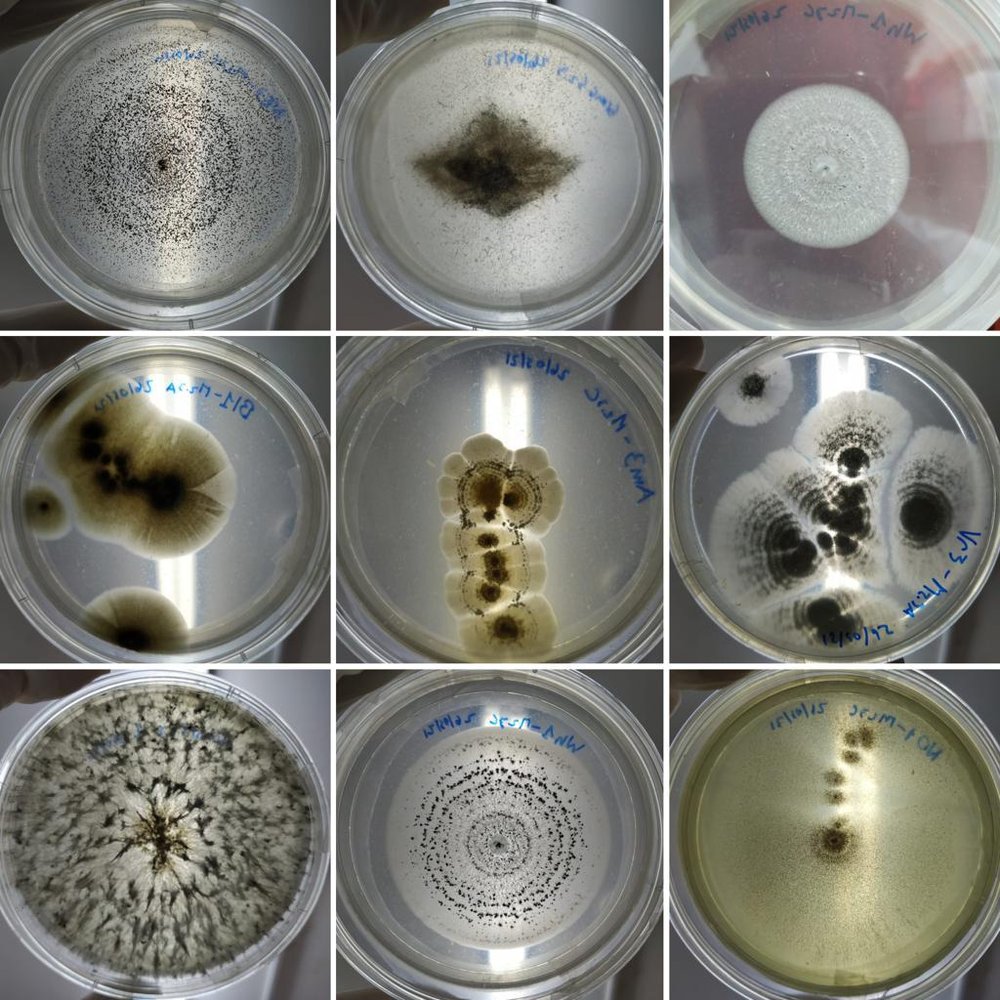
There is so much to research and so much to do. All we need is to encourage local young people to get involved with science in Galapagos. The community goal should be to make our islands an iconic place worldwide, not only for its endemic flora and fauna and wonderful landscapes but also for achieving a balance of urban development with the conservation of this Natural World Heritage Site, as declared by UNESCO. Galapagos Verde 2050 program is aimed at reaching this goal, and I could not be prouder to be part of a program that goes with my way of living. Respecting nature, taking care of it, and preserving it, is our responsibility.
The research was possible because of the Galapagos National Park Directorate (GNPD) and its park rangers, especially Jefreys Malaga, who support us on every expedition, and the Agency for Regulation and Control of Biosecurity and Quarantine for Galapagos (ABG) for its exhaustive review of the Española Island samples. In addition, the COmON Foundation makes the program continue with the necessary resources to bring ecological restoration to the archipelago's remote islands. Finally, it is necessary to mention that this research would not have been possible without all GV2050 team collaboration, especially Anna Calle, who was immersed in this research from the beginning, Paul Mayorga, who provided all the support in the field, and Patricia Jaramillo Díaz who leads the GV2050 program and its seven research projects.





